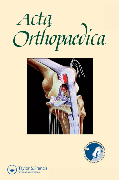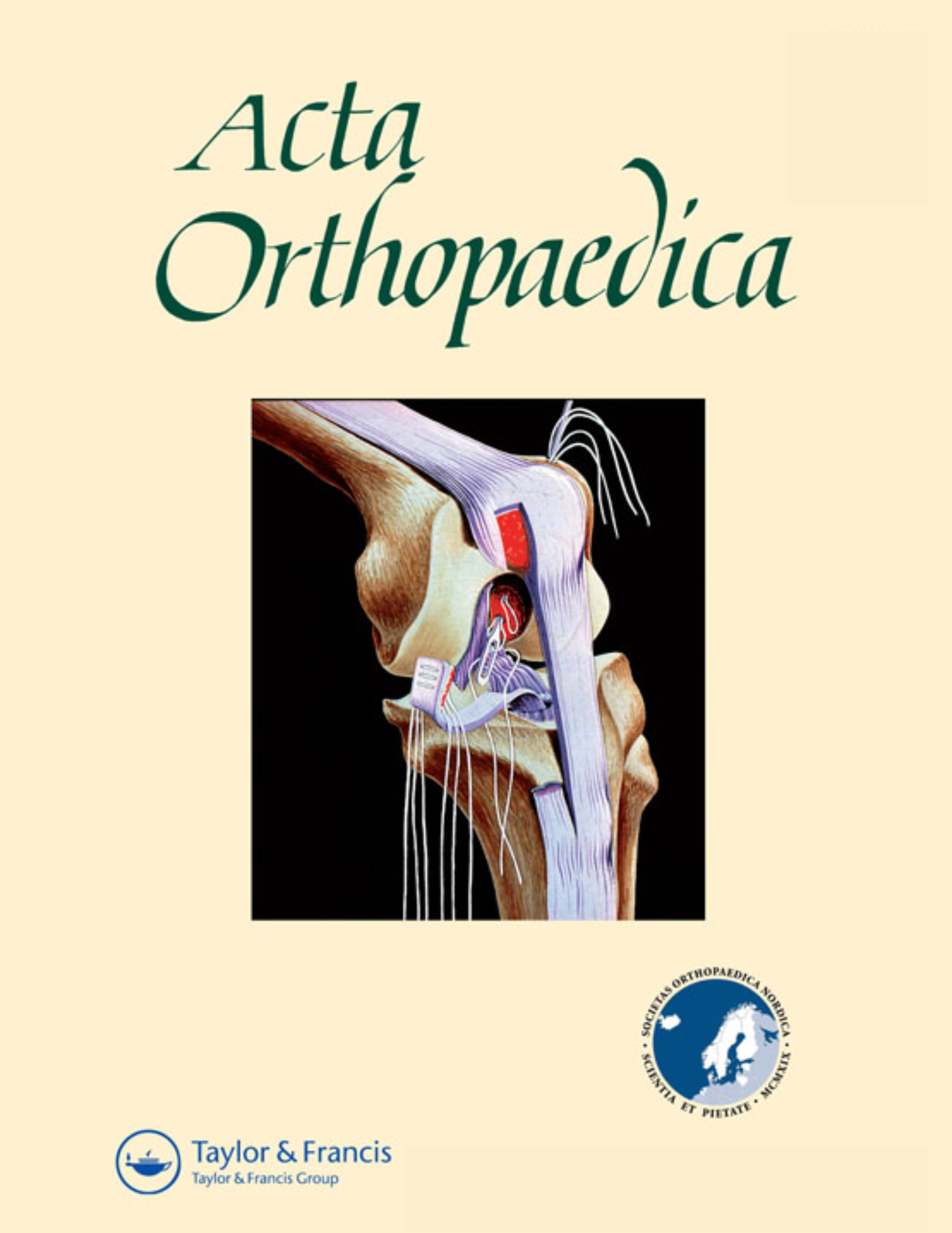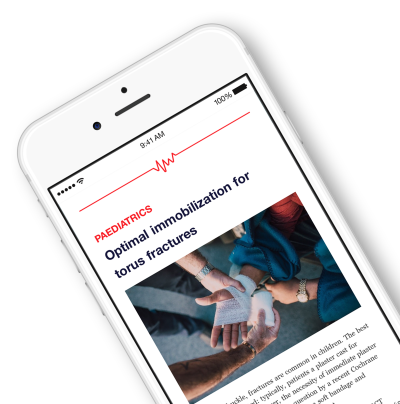
Arthroscopic acromioplasty may not be efficacious for shoulder impingement syndrome .
This report has been verified
by one or more authors of the
original publication.
Which patients do not recover from shoulder impingement syndrome, either with operative treatment or with nonoperative treatment?
Acta Orthop. 2015 Dec;86(6):641-6140 patients with shoulder impingement syndrome were randomized to either a supervised exercise program alone or to arthroscopic acromioplasty followed with a similar exercise program. The purpose of this subgroup analysis study was to determine which patients (from either the arthroscopic acromioplasty and exercise therapy group, or the group treated solely with exercise therapy) are effectively treated for shoulder impingement syndrome when followed up at 2 and 5 years. Findings showed similar results between the patients who underwent operative treatment and the group that underwent conservative treatment. Furthermore, arthroscopic acromioplasty did not appear to improve results in patients who were originally allocated to exercise therapy alone and were unsatisfied with outcome following conservative management.
Unlock the Full ACE Report
You have access to 4 more FREE articles this month.
Click below to unlock and view this ACE Reports
Unlock Now
Critical appraisals of the latest, high-impact randomized controlled trials and systematic reviews in orthopaedics
Access to OrthoEvidence podcast content, including collaborations with the Journal of Bone and Joint Surgery, interviews with internationally recognized surgeons, and roundtable discussions on orthopaedic news and topics
Subscription to The Pulse, a twice-weekly evidence-based newsletter designed to help you make better clinical decisions
Exclusive access to original content articles, including in-house systematic reviews, and articles on health research methods and hot orthopaedic topics

































































